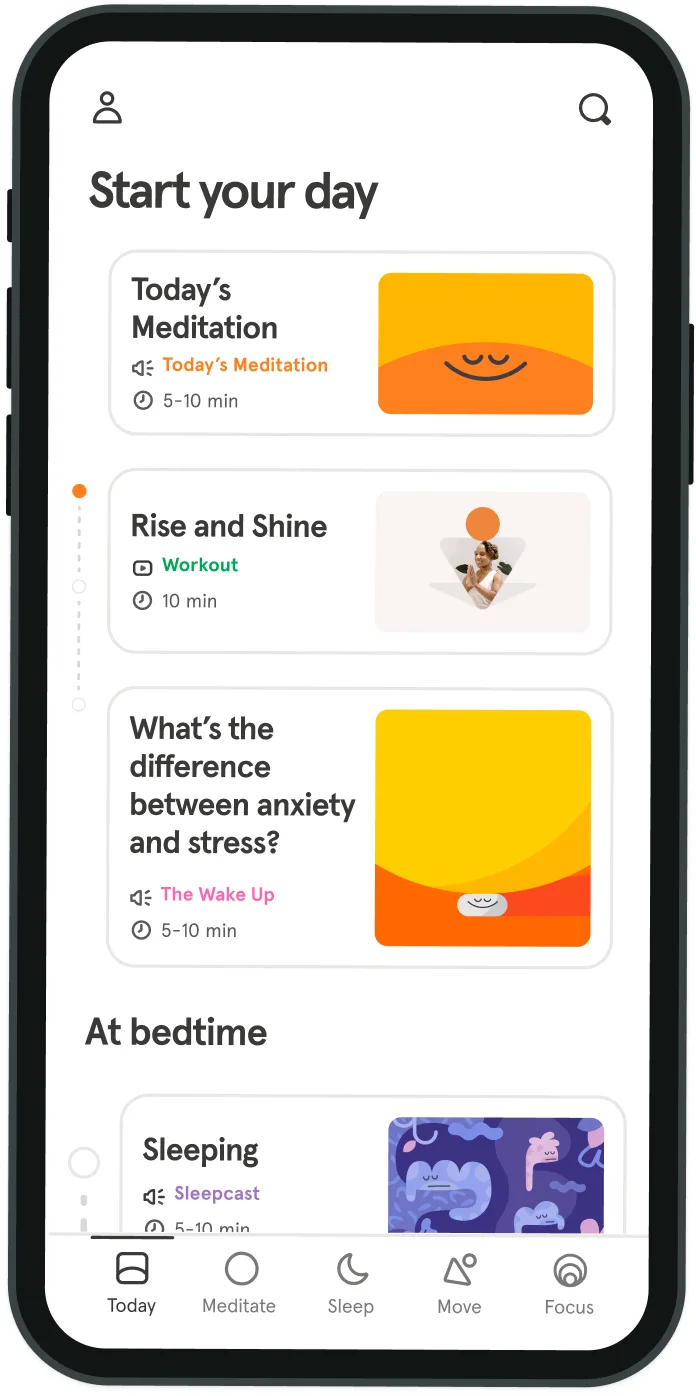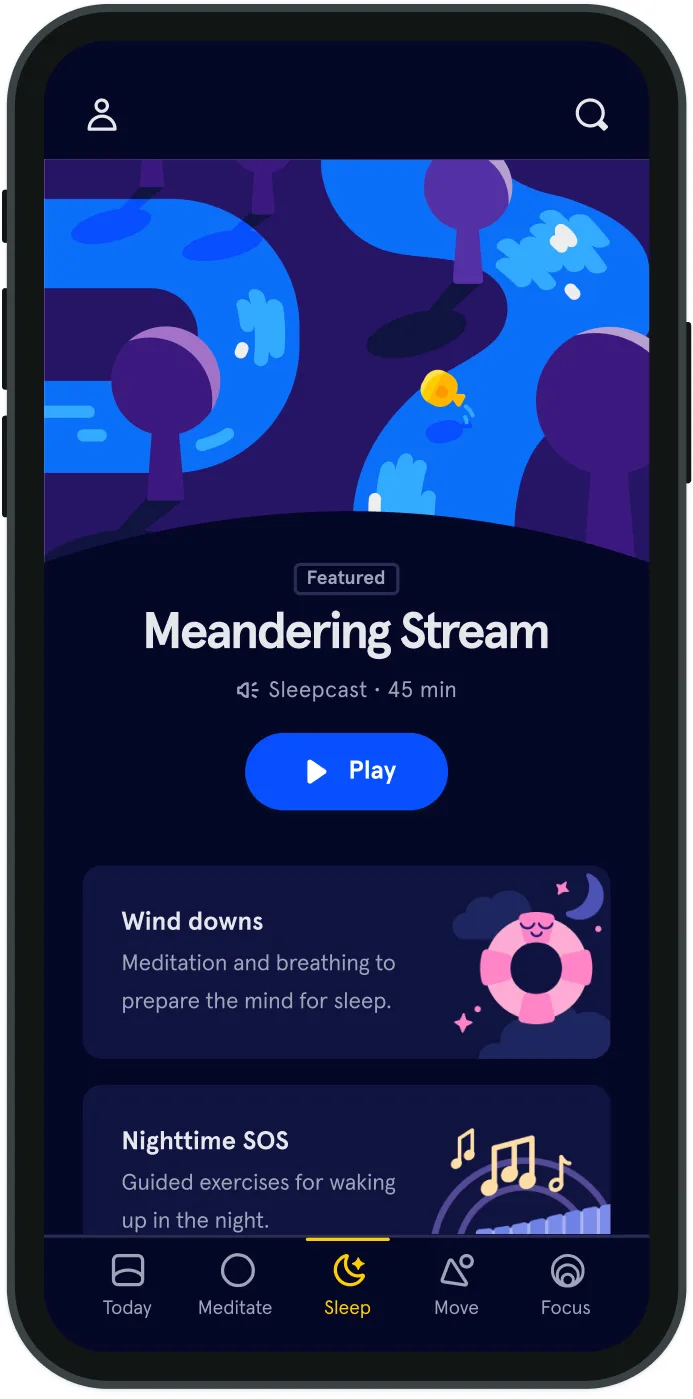How to deal with the disappointment and frustration of being injured
I didn’t even notice the mud as I curled into the fetal position alongside the road. I was in too much pain, having just stepped into a hole, grotesquely turning my ankle in the final mile of a run. As the pain began to subside and I wrapped my head around my predicament, one emotion loomed large: sadness.
Running has been my mainstay for 20 years now. When injury puts me on the sidelines, it’s always a mental and emotional battle. Turns out, this is perfectly normal for any athlete who loves a sport and spends any time on the disabled list. “Any athlete, regardless of ability, will experience sadness and even depression when injured,” says sports psychologist Justin Ross, MD, of Denver-based MindBodyHealth. “Injury equates to a lack of ability to experience life as we want.” Ross suggests that the psychological toll of an injury is often greater than the physical toll. “Yet we often fail to recognize this,” he says. “There’s a high level of uncertainty involved in injury and recovery, and this can lead to some big psychological impacts.”
Loss and addition
To understand what the injured athlete’s brain goes through, Ross frames the experience in terms of potential losses and additions. “In this context, additions are not welcome,” he explains. Typical additions to an injured athlete’s life may include the following:
- Pain and damage—physical damage from an injury that can keep the athlete from training as desired, and can also lead to mental challenges.
- Medical appointments—Time normally spent training is now dedicated to physical therapy and additional appointments.
- Psychological experiences—Anger, frustration, and anxiety are common. These sensations can be heightened when uncertainty about the injury is added to the mix.
Possible losses include:
- For many athletes, sport provides a sense of identity. “Losing this identity can have the single greatest impact on overall well-being when injured,” says Ross. “This can be dangerous because the athlete might try to train through the injury.”
- Purpose—Tied to identity, many injured athletes feel they’ve lost a sense of purpose if unable to train or pursue goals. This can lead to a sense of hopelessness.
- Connection—Because many athletes train with others, sitting out training sessions means missing the sense of community to which they are accustomed.
“In the end, athletes find themselves sandwiched between loss and addition,” says Ross. “There will be a struggle between the mind and body, between attending to the physical injury and maintaining identity by continuing to train.”
The recovery mindset
According to Ross, the body should win the mind-body struggle, and in order to ensure this, he encourages athletes to adopt a recovery mindset. “You need to listen to and respect your body,” he says. “Understand that being injured does not negate your identity as an athlete.” Instead, athletes would do well to focus mental energy toward healing and rehabbing. “Let the training plan go and focus on improving your injury,” says Ross. “Nothing good can come of trying to push through an injury.” Ross recommends that athletes look at rehab as a phase in a long-term plan, marking, and even celebrating, forward progress. “You need to consider recovery and rebuilding just as you would hill repeats or speed work if you are a runner, for instance,” he says. “This is a diversity perspective over a long course of time and it will make you stronger in the end.” In the midst of recovery, a natural inclination may be to shy away from other, healthy athletes and hole up alone. Ross believes this is a mistake. “Continue to be a good champion for others,” he says. “Gratitude and giving back to others in the sport is very important, and will help you stay connected.”
Also important, says Ross, is maintaining movement if possible. “There’s almost always some type of activity that will be feasible and permitted by your medical team,” says Ross. “If granted, movement can provide a sense of relief for the injured athlete.” He also recommends visualizing recovery and healing. “Meditation or mindfulness during the usually scheduled training block can be helpful,” he says. Five weeks since spraining my ankle, I’m almost back to my normal running volume. I definitely experienced some bouts of sadness and frustration, but by focusing on my recovery and return to sport, I think I came out the other end stronger not just in body, but mind, too.


Be kind to your mind
- Access the full library of 500+ meditations on everything from stress, to resilience, to compassion
- Put your mind to bed with sleep sounds, music, and wind-down exercises
- Make mindfulness a part of your daily routine with tension-releasing workouts, relaxing yoga, Focus music playlists, and more
Meditation and mindfulness for any mind, any mood, any goal

Stay in the loop
Be the first to get updates on our latest content, special offers, and new features.
By signing up, you’re agreeing to receive marketing emails from Headspace. You can unsubscribe at any time. For more details, check out our Privacy Policy.
- © 2025 Headspace Inc.
- Terms & conditions
- Privacy policy
- Consumer Health Data
- Your privacy choices
- CA Privacy Notice
